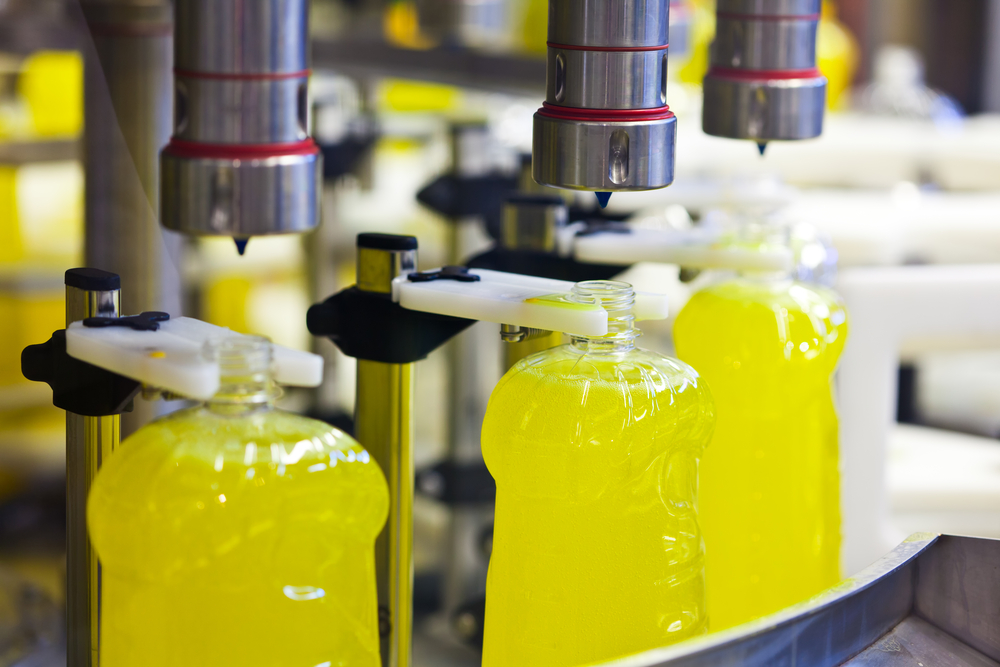
Behind-the-Scenes: Inside the Manufacturing Process of Dish Soap Blending
In the hustle and bustle of our daily lives, we often take for granted the products that make our chores easier and more efficient. Dish soap is one such product that plays an essential role in keeping our dishes clean. But have you ever wondered how this household staple is manufactured on a large scale? Join us as we take a behind-the-scenes look at the manufacturing process of dish soap.
Step 1: Gathering Raw Materials
The first step in the manufacturing process of dish soap involves gathering all the necessary raw materials. These typically include surfactants, fragrances, colorants, and preservatives. Surfactants are the key ingredients in dish soap that help break down grease and grime on dishes. Fragrances and colorants are added to enhance the scent and appearance of the soap, while preservatives help extend the shelf life of the product.
Step 2: Mixing and Blending
Once all the raw materials have been gathered, they are mixed and blended together in large tanks. The surfactants are combined with water and other ingredients to create the base formula for the dish soap. The mixture is then heated and stirred continuously to ensure that all the ingredients are evenly distributed. Fragrances and colorants are added at this stage to give the dish soap its signature scent and color.
Step 3: Quality Control
Quality control is a crucial step in the manufacturing process of dish soap. Before the soap is packaged and shipped out, it undergoes a series of rigorous tests to ensure that it meets the company’s standards for quality and performance. These tests may include checking the pH level, viscosity, and foaming properties of the soap. Any soap that fails to meet these standards is discarded and not allowed to be sold to consumers.
Step 4: Packaging
Once the dish soap has passed all quality control tests, it is ready to be packaged. The soap is pumped into large barrels or bottles, depending on the size of the batch. Labels are then applied to the packaging, which include information such as the brand name, product name, and usage instructions. The packaged dish soap is then loaded onto pallets and prepared for distribution to retailers.
Safety Regulations in Dish Soap Manufacturing
While dish soap may seem like a harmless household product, the manufacturing process involves handling potentially hazardous chemicals. As such, there are strict safety regulations and guidelines that must be followed to ensure the safety of workers and consumers alike. Some of the key safety regulations in dish soap manufacturing include:
– Personal Protective Equipment (PPE): Workers involved in the manufacturing process of dish soap are required to wear appropriate PPE, such as gloves, safety goggles, and face masks, to protect themselves from exposure to chemicals.
– Ventilation: Adequate ventilation systems must be in place in the manufacturing facility to prevent the buildup of fumes and vapors from the chemicals used in the production of dish soap. Proper ventilation helps maintain air quality and protects workers from respiratory issues.
– Hazard Communication: All chemicals used in the manufacturing process of dish soap must be properly labeled and stored in accordance with OSHA’s Hazard Communication Standard. Workers must be trained on how to handle and store chemicals safely to minimize the risk of accidents.
– Emergency Response: In the event of a chemical spill or accident, there must be emergency response procedures in place to address the situation quickly and effectively. This may include having spill kits on hand, emergency eyewash stations, and first aid supplies readily available.
Summary
By following these safety regulations and guidelines, manufacturers can ensure that the dish soap they produce is not only effective in cleaning dishes but also safe for both workers and consumers. So, the next time you reach for a bottle of dish soap to tackle the pile of dirty dishes in your sink, take a moment to appreciate the manufacturing process behind this everyday essential.
Categorized in: Dish Soap
